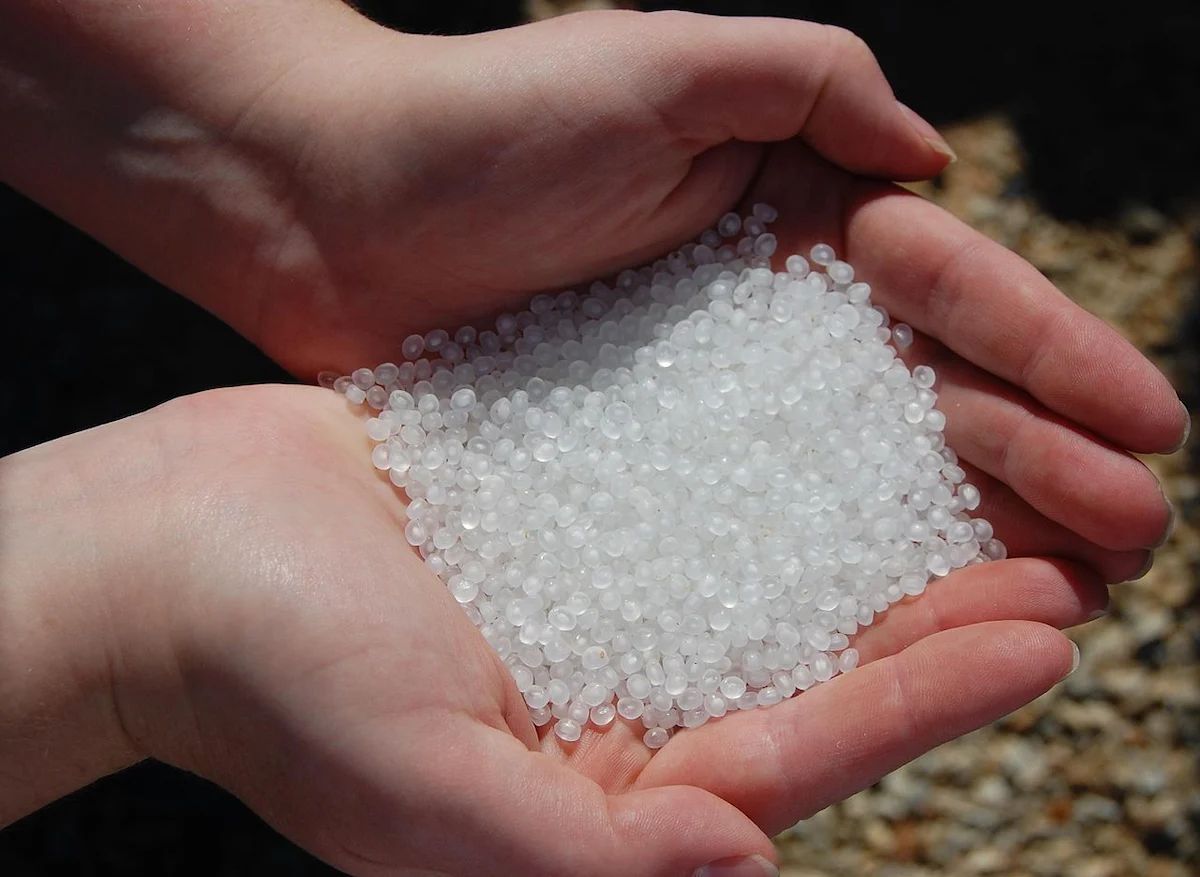Have you ever walked along the beach and spotted tiny plastic balls or discs? They may look like grains of sand or fish eggs—they can be clear or colored and are round, sometimes with flat sides. What are those small plastic pellets? Are they natural? How did they get on the beach?
Plastic pellets known as nurdles are the building blocks for plastic production worldwide. And writing about building blocks puts a vision of Lego in my mind. So, let’s go with that analogy. In order to build a Lego skyscraper, I need hundreds of individual Lego bricks. The same principle applies to creating a plastic soda bottle. The plastic starts out as small, tiny plastic pellets or nurdles. The plastic companies make these pellets, sell them to producers which melt them down and shape them into plastic products like bottles, containers and toys.
If you are now wondering … “Why are there so many of these nurdles on the beach?”, good question!
Nurdles are polluting the environment.
Like chemicals and other pollutants, nurdles can be mishandled and spilled into the environment. Nurdles are small and lightweight, and they are easily spilled directly from production facilities or when they are transferred between factories via rail, truck and ship. Plastic pellet pollution has been documented since at least the 1970s. And, in the early 1990s, the U.S. Environmental Protection Agency (EPA) reported plastic pellets in 13 out of 14 U.S. harbors located on the Atlantic, Pacific and Gulf coasts. Today, pellets are found globally throughout the ocean and across diverse ecosystems. This includes remote locations such as Antarctica, demonstrating the ability for these small particles to be transported far distances by wind, wave action and ocean currents.
Do animals eat nurdles?
Yes, like all plastics in the ocean, nurdles pose a great threat to marine life. These small round plastics usually float on the surface of the water where many species feed. They’re easily mistaken for fish eggs and other foods by a variety of species, including turtles, fish and seabirds.
What are nurdles made from?
Plastic pellets are the base material for any plastic product—typically cylindrical or oval in shape and roughly 3-5mm in size. These microplastic nurdles are made primarily from polyethylene, polypropylene, polystyrene, polyvinyl chloride but can be made of other plastics or synthetic resins.

if(typeof window.oc_media_credits === ‘undefined’) {
window.oc_media_credits = {};
}
window.oc_media_credits[69933] = “Paul Nettles/Wikimedia Commons”;
Nurdle pollution is NOT regulated.
In the United States, we have laws that regulate pollution and emissions from manufacturing through the Clean Water Act. But nurdles are not included in these regulations since they aren’t yet classified as pollutants. This loophole in classification or labeling needs to be updated to help reduce the amount of plastic pellet pollution that is wreaking havoc on the marine environment. Thankfully, a few states (California, Texas and South Carolina) have passed legislation to address nurdle pollution. The federal government is currently working on legislation as well.
How can YOU help?
Legislation, called the Plastic Pellet Free Waters Act (S.1507), is pending in Congress). If passed, this act would prohibit the discharge of plastic pellets into our waterways from those who make, use, package or transport these pellets. But, the ocean needs YOU to tell you members of Congress to pass this legislation so it becomes an enforceable law. We need advocates, like you, to help push for policies and innovations that can help keep our ocean—and our beloved sea animals—plastic free. Join Ocean Conservancy and call on Congress to support the Plastic Pellet Free Waters Act and keep deadly nurdles and other microplastics out of our ocean.
The post What is a Nurdle? appeared first on Ocean Conservancy.

